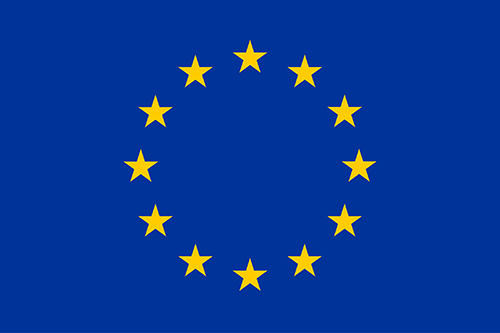Last week we welcomed two PANACEA Users at the CRMN-Lyon facility, Scott DILLON and Kathryn GERL from Prof. Melinda Duer’s research group.
Lear a bit more on our PANACEA user pofiles and experience through Kathryn Gerl's interview;
Q1: Where are you from and what is your field of research?
I am currently a second-year PhD student in Prof. Melinda Duer’s research group within the Department of Chemistry at the University of Cambridge. My research investigates how mechanical strain affects the structure and orientation of extracellular matrix proteins, such as collagen. I am particularly interested in how these mechanical changes impact osteosarcoma cell behavior, including adhesion and migration.
Q2: Could you tell us a bit more about your scientific academic journey?
I obtained my honors bachelor’s degree in chemistry with an option in pre-med from Oregon State University in Corvallis, Oregon. As part of the Honors program, I completed my thesis focused on investigating novel natural products and their effect on proteostasis in various types of human breast cancer. My passion has always been in both biology and chemistry, particularly in research that bridges these two disciplines. Therefore, I am interested in using solid-state NMR to investigate the structure and dynamics of complex biological systems.
Q3: How did you hear of PANACEA?
We began a collaborative project with Dr. Danielle Laurencin from the Institute Charles Gerhardt to explore the use of 17O NMR to investigate the dynamics of biological systems. Danielle suggested that we join the PANACEA project as it offers the advanced instrumentation and expertise required to perform the challenging and complex 17O NMR experiments on our biological samples.
Q4: What was the purpose of your visit?
Our goal was to use 17O NMR to study hydrogen bonding, a critical interaction that supports the secondary structure of many proteins, including collagen. Danielle’s group in Montpellier successfully synthesized 17O-labelled L-proline, which we used to isotopically enrich cell-derived collagen. This provided an exciting opportunity to explore the dynamics of hydrogen bonding within biological systems.
Q5: Overall, did you enjoy this access opportunity?
We had a wonderful experience in Lyon! The team at the Nuclear Magnetic Resonance Center gave us a warm welcome and ensured our experience was smooth and effortless. The engineers and facility staff provided outstanding expertise, patience, and support, especially when challenges arose due to the complexity of our biological samples. Thanks to their help, we were able to collect novel spectra and detect 17O signals in collagen for the first time. This paves the way for exciting future research using 17O NMR to investigate hydrogen bonding within collagen across various biological systems and conditions.





